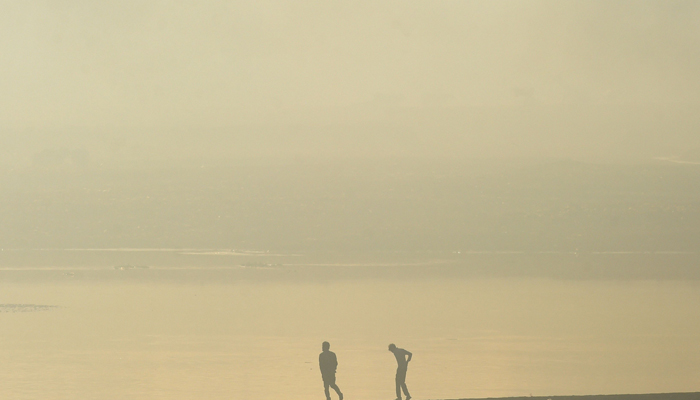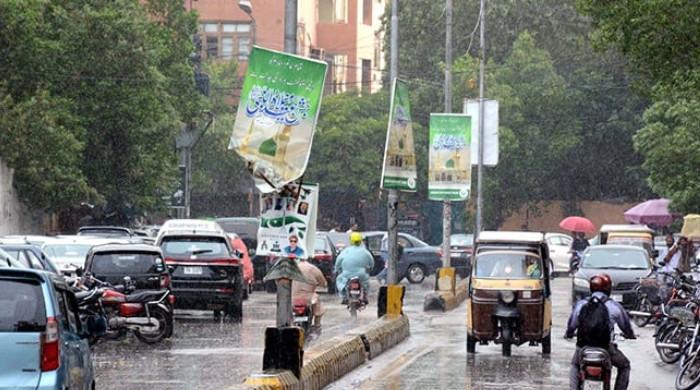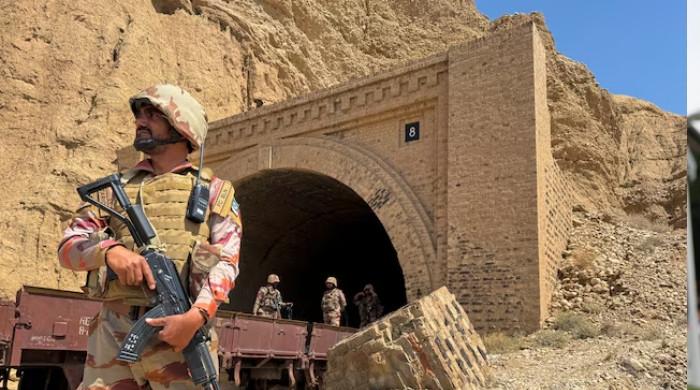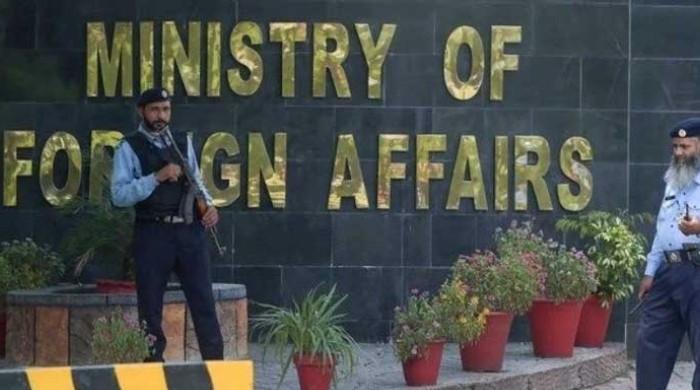Lahore schools, offices to remain shut thrice a week as smog worsens
Schools and private offices will be closed on Saturday, Sunday, Monday; restriction to stay in place from Nov 27 to Jan 15
November 22, 2021

- Private offices to remain closed; all schools to remain shut.
- Restriction will be imposed from November 27 to January 15.
- Schools and offices will be closed on Saturday, Sunday, Monday.
LAHORE: The Punjab government has decided to shut down private and government schools in Lahore thrice a week as the smog situation in the provincial capital has taken a turn for the worse.
In a notification, Punjab Relief Commissioner Babar Hayat Tarar said the restriction would be in place from November 27 to January 15. The commissioner said private offices in the provincial capital would also remain shut three days a week.
Schools and offices will be closed on Saturday, Sunday, and Monday, the notification said.
Lahore was ranked among the top five cities of the world with bad air quality, as it recorded its Air Quality Index (AQI) hit 167.
Last week, the provincial government had directed private sector companies in Lahore to operate on a 50% attendance basis till further notice and said polluters would be fined.
| Activity | Fine in rupees | Action to be taken by |
| Burning of crop residue and municipal residue | 50,000 | Deputy commissioners and revenue officers under their administrative control |
| Brick kilns not on zig-zag methodology or emitting black smoke | 50,000-100,000 | Environment Protection Department |
| Polluting and smoke emitting public and private transport | 2,000 | Transport Department and traffic police |
| Industrial units functioning without emission control equipment/devices | 50,000-100,000 | Deputy commissioners and revenue officers under their administrative control/Environment Protection Department |
Lahore regularly ranks among the worst cities in the world for air pollution — a mixture of low-grade diesel fumes, smoke from seasonal crop burn-off, and colder winter temperatures coalescing into stagnant clouds.









